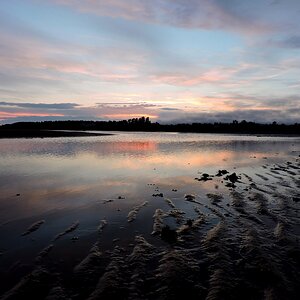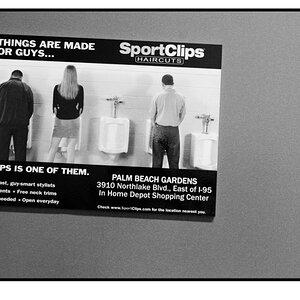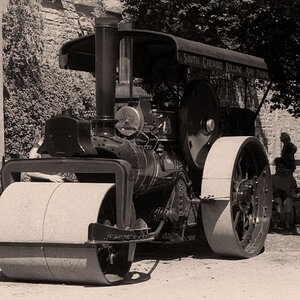Rollei12
TPF Noob!
- Joined
- Feb 2, 2015
- Messages
- 71
- Reaction score
- 2
I'm new here and have some questions about film developers.
I have some Tetenal coming for color film, but for black and white it seems a bit more complicated. Can you pick and choose what developer you want with a certain fixer and / or stop bath or do they all have to be roughly from the same category of whatever? For instance, can I have an Ilford developer with an Adox fixer or do I have to keep everything from Ilford if I start with Ilford?
Also, I was looking at the Art of Photography site and it was posted that a starter 'minimalist' setup would be this:
1) Adox Rodinal
2) Formulary TF-4
From the site it said that if you use the TF-4 you don't need a stop bath. So you would just use those 2 products.
What would be a good recommendation for a minimalist setup like this? Rodinal is not in production anymore so I'm looking for something that will give good grain and tones. On the other hand what would be a nice setup for fine grain (or hardly no grain at all)?
Thanks!
I have some Tetenal coming for color film, but for black and white it seems a bit more complicated. Can you pick and choose what developer you want with a certain fixer and / or stop bath or do they all have to be roughly from the same category of whatever? For instance, can I have an Ilford developer with an Adox fixer or do I have to keep everything from Ilford if I start with Ilford?
Also, I was looking at the Art of Photography site and it was posted that a starter 'minimalist' setup would be this:
1) Adox Rodinal
2) Formulary TF-4
From the site it said that if you use the TF-4 you don't need a stop bath. So you would just use those 2 products.
What would be a good recommendation for a minimalist setup like this? Rodinal is not in production anymore so I'm looking for something that will give good grain and tones. On the other hand what would be a nice setup for fine grain (or hardly no grain at all)?
Thanks!









![[No title]](/data/xfmg/thumbnail/37/37602-1ef8dbb1c2d0e4ff347ee65d328c3603.jpg?1619738147)

![[No title]](/data/xfmg/thumbnail/39/39187-9ec2507d9e5ef2843f7f00127c7abb4c.jpg?1619738905)

